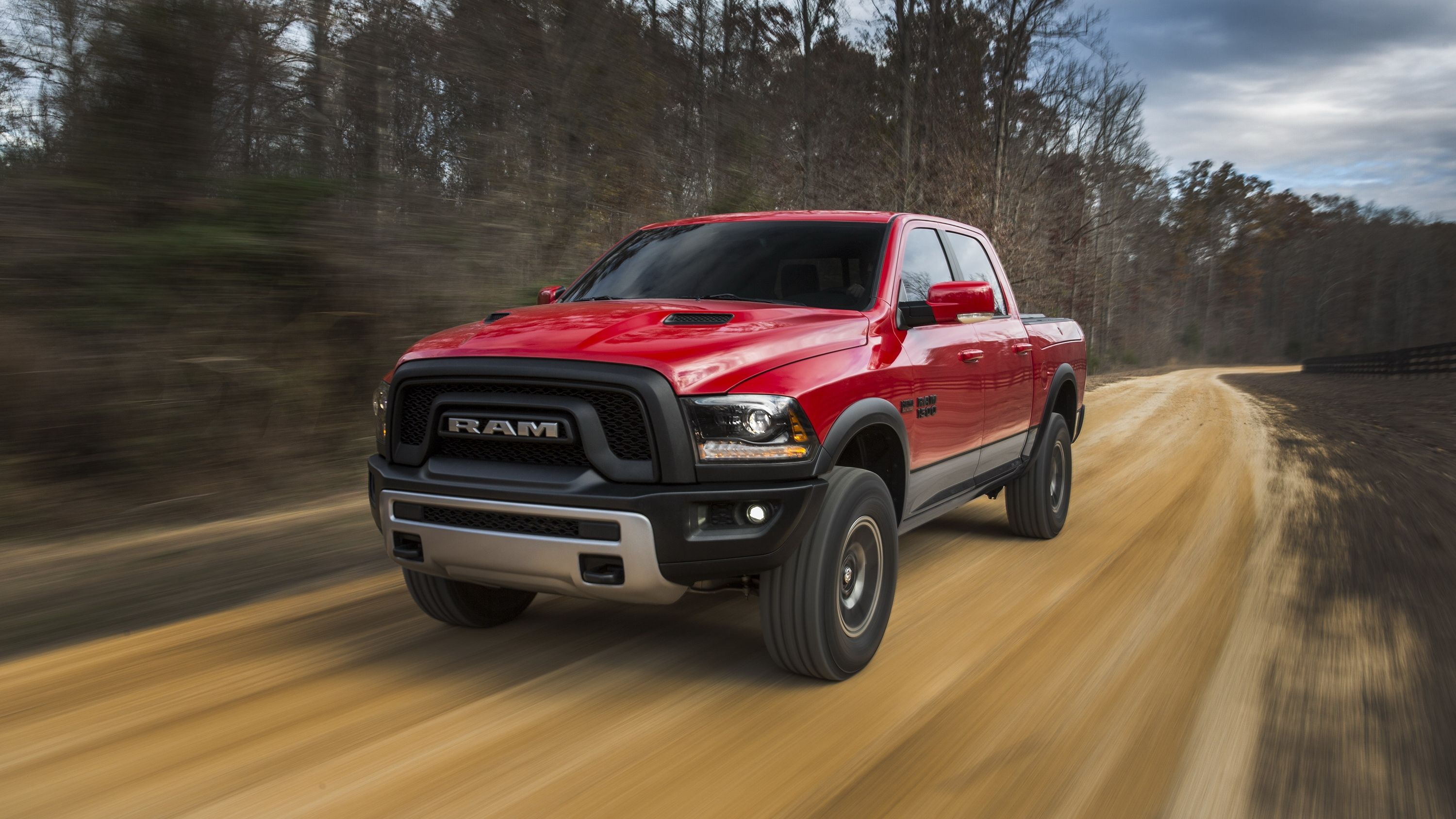Ram will continue to build the current 1500-series pickup well into the 2019 model year. This, despite the next-generation Ram 1500’s launch for the 2018 model year, will allow Ram to target fleet sales with the older truck thanks to discounted pricing. The move will also help save the next-generation Rams for higher-paying retail buyers. The report comes from Automotive News who spoke to FCA’s CFO, Richard Palmer.
"Going into 2018, having more pickup capacity will allow us also to satisfy the fleet customers' demand on pickup, which we struggle to do today because we favor retail in the U.S. and Canadian volume, which have higher margins," Palmer told AN during a conference call. "As we realign our capacity, we're going to be able to continue to work on improving our fleet mix."
This move isn’t unusual, however. Both Ford and General Motors have executed similar strategies. Ford continued to build 10th generation F-150s well into 2004 and labeled as the F-150 Heritage, despite having an all-new F-150 in showrooms. GM did the same for the 1998 and 2007 model years, continuing production of the previous Silverado, dubbed the Classic, while rolling out the newer truck in showrooms.
FCA is even doing the same with its minivans. The Dodge Caravan is still in production despite the new and drastically better Chrysler Pacifica months past its initial launch. And just like the trucks, the Caravan is targeted at fleet sales.
AN also confirmed with its anonymous sources inside FCA that the current Ram 1500 will be produced at the Warren Truck Assembly in Detroit and in Saltillo, Mexico. Combined, the two plants will produce a planned 200,000 pickups in 2018 and another 65,000 in 2019 before being retooled to produce the next-gen Ram.
Ram will build all of its next 1500-series trucks at the soon-to-be-renovated Sterling Heights Assembly plant. Some 325,000 units are planned for the 2018 model year and more than 400,000 for 2019. Currently Sterling Heights builds the ill-fated Dodge Dart and Chrysler 200 – sedans that are facing extension after tremendously slow sales.
AN
Continue reading for more information.0}
Ram is looking to expand its market share within the fleet and commercial segments. It already has an entire division, Ram Commercial, dedicated to the segment. By continuing to produce the current Ram 1500 past the launch of the next-generation model, Ram’s assembly plants can focus on building lower-grade trim models. These trucks will sell at lower profit margins, just as CFO Richard Palmer said.
Despite the lower margins, Ram’s goal is expanding its market share in the commercial segment. Currently Ford enjoys a healthy lead over General Motors, Ram, Toyota, and Nissan. Obviously the competition is heating up, so this segment will be interesting to watch over the next few years.

